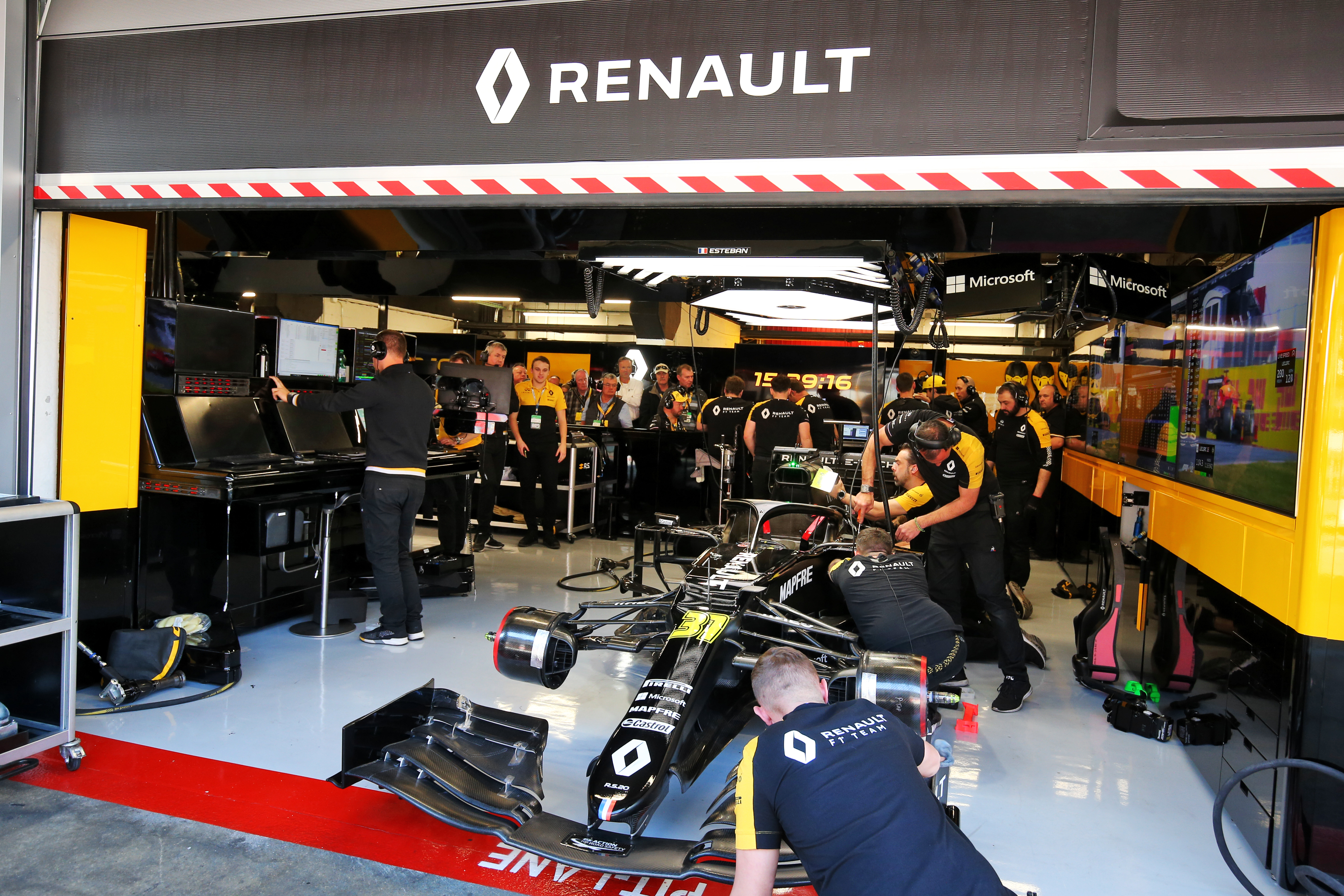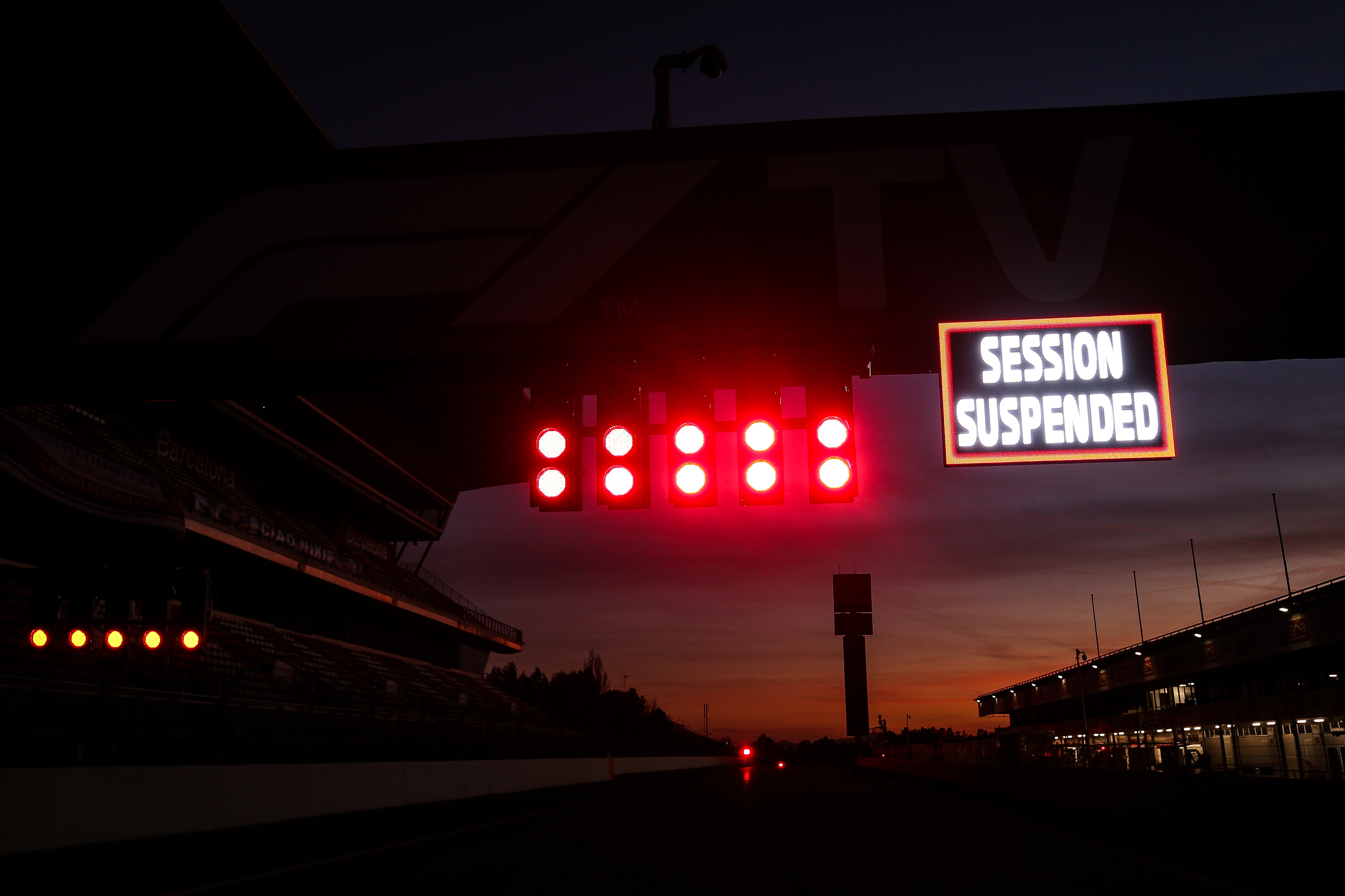Up Next

During the presentation of what were originally the new 2021 Formula 1 regulations ahead of last year’s United States Grand Prix, Ross Brawn said something that is just as relevant at times when measures are being introduced to minimise team spending at a time when income is uncertain.
“They needed saving from themselves, because they were just trying to outgun each other…so they’ve all recognised that they need cost control,” was Brawn’s comment on the reasoning for introducing a cost cap.
The exact same thing can be said about F1’s recently-implemented emergency measures.
The current mandatory three-week shutdown, already brought forward from August and extended by a week, can now be extended further to prevent the teams spending unnecessarily. The same applies to the engine manufacturers, now also covered by the shutdown.
Even in the good times, teams often operate on the edge of what is financially viable
Likewise, the ban on aerodynamic development for the major regulations overhaul currently planned for 2022 (but that may well be put back by another year) removes from the table any temptation for the teams to spend now on it to get ahead.
And temptation is the right word. Brawn’s quote is particularly apposite to this situation because the teams all know what will happen if left to their own devices.

While the COVID-19 pandemic, the loss of races and the resulting reduction in income and all the other disruptions presents a genuine existential threat to teams, they remain competitive beasts at heart.
This means that even against this backdrop, if the ability to spend money with a view to gaining an advantage down the line is left on the table they will, to a greater or less extent, take it.
And even those who don’t really want to take that risk because they know it’s wise to minimise spending will convince themselves their rivals will be doing so and feel obliged to do so themselves. Some might be able to afford it, others definitely will not.
Intuitively, you would expect teams not to want to take these risks. After all, why jeopardise your future in these uncertain times by doing that when all logic suggests you should retrench financially and avoid anything beyond the minimum acceptable level of spending?
But it’s in economic uncertainty that the fundamental nature of grand prix teams, so valuable in the times of plenty, can become self-destructive.
Even in the good times, teams often operate on the edge of what is financially viable. Every penny that can go into the development budget is fought hard for, which is why so many teams, even well run ones, have been lost throughout the history of grand prix racing.

These are not businesses in the conventional sense, they are sporting entities and sometimes that desire to compete is at odds with financial pragmatism.
By agreeing to take this temptation off the table, the teams know they are protecting themselves from both the desire to steal a march on the rest and the risk of feeling that they must do so because of the fear of missing out.
Aerodynamic development is an expensive business. While the team personnel remain in place and, hopefully, continue to be paid as normal this process is not simply about them being put to work.
Windtunnels are expensive to run, also requiring significant money to be spent on building models to test. And CFD work has a cost attached despite the work being done in the digital domain rather than the real world. And that’s before you make the hugely-expensive final parts once you have signed them off.
F1 as a whole needs to be in a holding pattern, like so much of the world is. By agreeing to these emergency measures, the teams really have saved themselves from themselves – and their potentially self-destructive competitive instincts.







